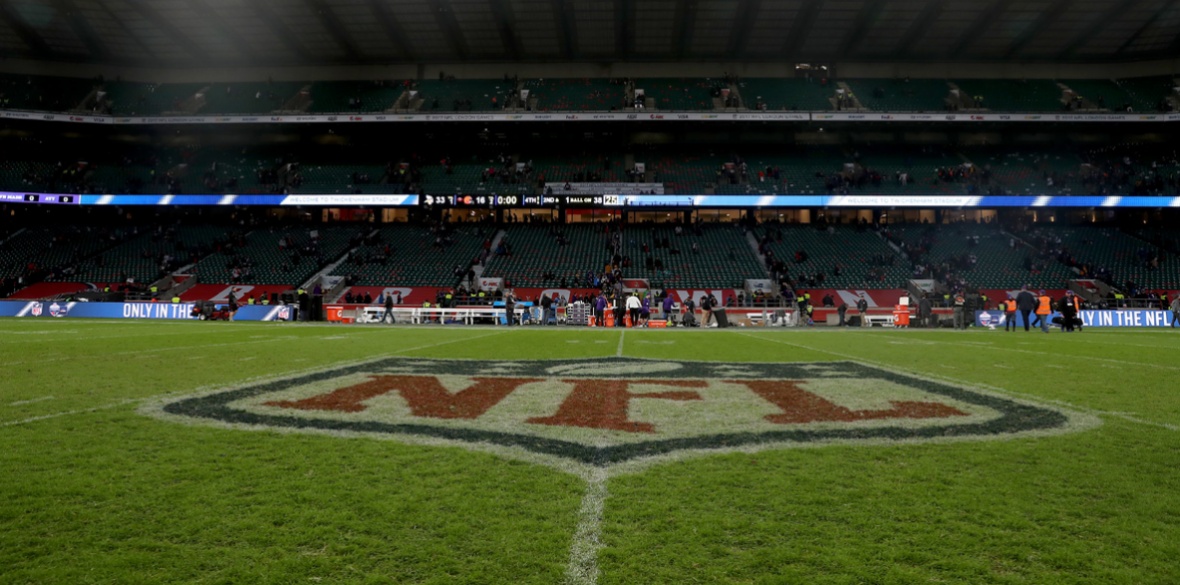This is the last article you can read this month
You can read more article this month
You can read more articles this month
Sorry your limit is up for this month
Reset on:
Please help support the Morning Star by subscribing here
ALLOW me to start by putting forward my argument. Marijuana is a substance that is now scientifically proven to help enhance our life and quality of life.
We trust science. Every major discovery and breakthrough in our modern history has been made with the aid of science. And it has helped advance us as humans.
It was science that helped eradicate smallpox in 1980. It was science that, in the 1940s and 1950s, made us realise that lung cancer was not rare and could be brought about through smoking.
If something with that kind of scientific credence can be attached to something that could potentially help us live longer and have a better quality of life you have to ask yourself: is that a bad thing? Especially in a country that has shown a clear appetite for legalising the substance.
Thirty-three US states have legalised marijuana’s use in some form and in the case of Pueblo County, Colorado, taxed and regulated cannabis contributed more than $58 million (£47.7m) to the local economy.
A net profit of £27.6m was yielded when you take into account the £18.1m spent to legalise it and projections between 2017 to 2025 predict that the US economy could make as much as $105.6 billion (£83.3bn) if it was to be legalised on a federal level.
Much like every other scientific breakthrough in medicine, there are caveats. The term “medical marijuana” simply refers to treating the symptoms of the illness with the whole plant in its unprocessed form. In this regard, it’s very different from the common marijuana bought on the street, there is now a way to regulate the substance.
Thanks to science, marijuana should be considered a resource like wheat or cotton.
Is the substance a miracle cure? Of course it isn’t. Is it a being used as a propaganda tool by perceived radical people who want to see it legalised so they can get high on a recreational level? Absolutely not. The answer lies somewhere in the middle, as is the case with most subjects that don’t have such black and white answers.
With all that in mind, the NFL should be all aboard letting players use marijuana for pain management as science has helped lift the stigma of it being nothing more than a common street drug.
Recently retired NFL defensive lineman Chris Long admitted to using the substance for pain management during his career when asked in an interview on The Dan Patrick Show in May.
“I’m not going to put a percentage on how much the league smokes, but I certainly enjoyed my fair share on a regular basis throughout my career,” Long said.
“So, you know, and I was never afraid to say that, and I’m able to say it more explicitly now: if not for that, I’m not as capable of coping with the stressors of day-to-day NFL life. A lot of guys get a lot of pain management out of it.”
Tetrahydrocannabinol (THC) can increase appetite, reduce inflammation and control muscle problems.
Scientists are also currently running clinical trials with the substance and its extracts to treat other illnesses and symptoms of them which include seizures, substance disorders and even mental disorders.
It is safe to say that a large portion of the players, past and present, have suffered from one or more of these illnesses or symptoms.
Long even shed light on, and took aim at, the league’s testing policy, a procedure which may soon be under revision since the NFL are looking into using marijuana as part of their pain management treatment as they engage in discussions with the players’ union.
“I think testing is arbitrary. The league, speaking plainly, knows damn well what they’re doing.
“Players know when the test is. We can stop. And in that month or two that you stop, you’re going to reach for the sleeping pills, you’re going to reach for the painkillers, you’re going to reach for the bottle a little bit more.”
The league are acutely aware of their image as a violent sport that shortens lives and makes the latter years of former players’ lives a struggle with several health problems related to chronic traumatic encephalopathy (CTE).
Those three letters continue to be prominent among the current NFL landscape, but the league have attempted to use science to try and minimise the effects — that and widespread rule changes to make the game safer for the players.
Each team will now also have a “pain management specialist” and “behavioural health team clinician” working at the team facility.
A statement from the NFL and the NFLPA read: “The NFL and NFLPA will form a joint pain management committee including medical experts appointed by both the league and the union, which will establish uniform standards for club practices and policies regarding pain management and the use of prescription medication by NFL players as well as conduct research concerning pain management and alternative therapies.”
Research and advancements in the sport have been thick and fast in the wake of modern medicine and technology. Working consistently on new helmet designs to help soften the punishing blows is as far as they are likely to come in terms of equipment development unless they can invent a helmet that can be inserted directly into the skull, but that is not the point.
The point is the league are willing in many cases to explore all scientific options in a bid to help the players. Considering that a lot of their currently approved painkillers fall under the dangerous opioid umbrella, introducing marijuana as part of pain management for players should be part of that any collective bargaining agreement in 2021.











